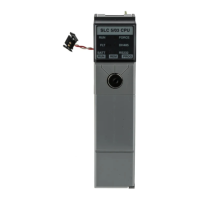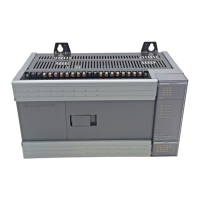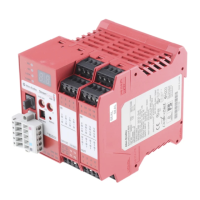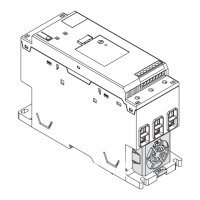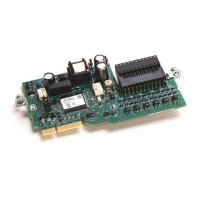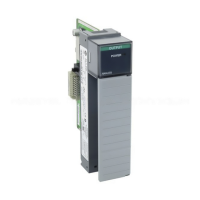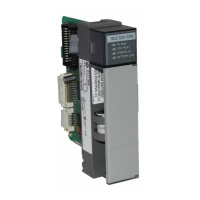A–7Setting Up the DH-485 Network
Publication
1747-6.2
Carefully plan your network configuration before installing any
hardware. Listed below are some of the factors that can affect
system performance:
• amount of electrical noise, temperature, and humidity in the
network environment
• number of devices on the network
• connection and grounding quality in installation
• amount of communication traffic on the network
• type of process being controlled
• network configuration
The major hardware and software issues you need to resolve before
installing a network are discussed in the following sections.
Hardware Considerations
You need to decide the length of the communication cable, where
you route it, and how to protect it from the environment where it will
be installed.
When the communication cable is installed, you need to know how
many devices are to be connected during installation and how many
devices will be added in the future. The following sections will help
you understand and plan the network.
Number
of Devices and Length of Communication Cable
You must install a link coupler (1747-AIC) for each node on the
network. If you plan to add nodes later, provide additional link
couplers during the initial installation to avoid recabling after the
network is in operation.
The maximum length of the communication cable is 1219 m (4000 ft).
This is the total cable distance from the first node to the last node on
the network.
Planning
Cable Routes
Follow these guidelines to help protect the communication cable
from electrical interference:
• Keep the communication cable at least 1.52 m (5 ft) from any
electric motors, transformers, rectifiers, generators, arc welders,
induction furnaces, or sources of microwave radiation.
• If you must run the cable across power feed lines, run the cable at
right angles to the lines.
Important Planning
Considerations
AB PLCs
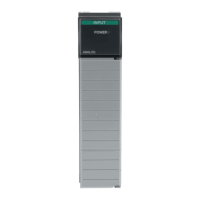
